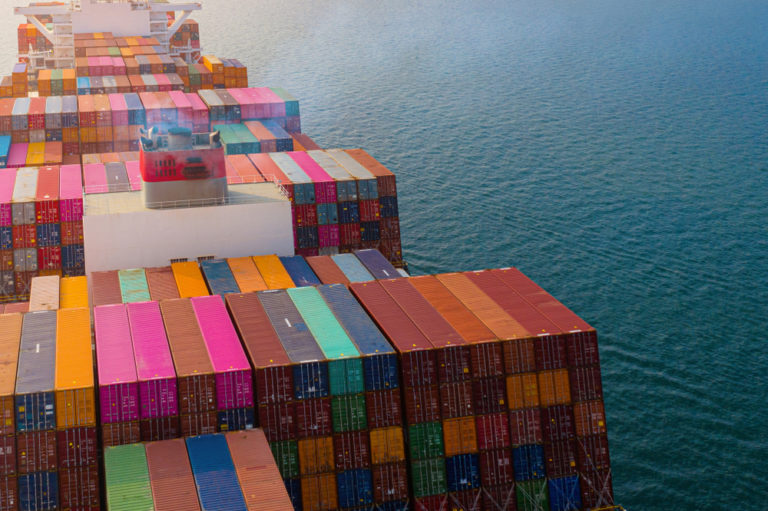As American businesses started shifting their manufacturing operations from China to other Southeast Asian nations, including Vietnam, Indonesia, Thailand, and Malaysia, over the past ten years, the world’s production environment underwent a seismic shift. This change is the result of a purposeful realignment of international supply chains that is being influenced by numerous economic, geopolitical, and sustainability considerations.China has served as the world’s factory for many years thanks to its large labor force and effective infrastructure. This status quo has been threatened by rising labor costs, stricter environmental restrictions, and trade conflicts between the United States and China. As a result, American importers are looking into more affordable and politically secure production options.As a result of their cheaper labor costs, rapidly expanding infrastructure, and better business conditions, Southeast Asian countries have become popular travel destinations. For instance, because of its trained workforce and advantageous location, Vietnam has attracted major U.S. investment in industries like electronics and textiles.Indonesia has emerged as a competitive option for manufacturing businesses, particularly in the automotive and electronics sectors, because of its wealth of natural resources and sizable domestic market. The ‘Detroit of Asia’, Thailand, has long served as a center for the manufacture of automobiles, while Malaysia, with its developed infrastructure and solid technological foundation, is a popular location for high-tech businesses.As members of important trade agreements like the Comprehensive and Progressive Agreement for Trans-Pacific Partnership (CPTPP) and the Regional Comprehensive Economic Partnership (RCEP), which promise lower tariffs and greater market access, these nations also profit from advantageous geographic locations that facilitate access to both Asian and international markets.The sustainability front may also be affected by this change in production. U.S. businesses are encouraged to uphold sustainable practices as these Southeast Asian nations embrace stronger environmental laws and work to achieve global sustainability standards, perhaps resulting in cleaner supply chains.This transformation constitutes a substantial shift in the global production paradigm, even if it is fraught with difficulties, including ensuring quality control and navigating various regulatory environments. In response to a fast-shifting global environment, U.S. importers are not just rearranging their supply chains; they are also restructuring them to be more robust, sustainable, and varied. Southeast Asia is undoubtedly set to play a larger role in the manufacturing sector as time goes on.



